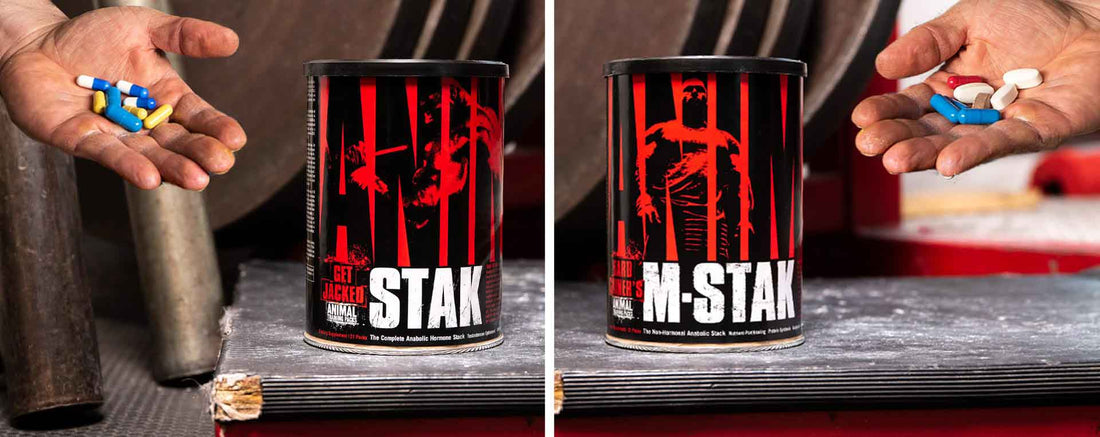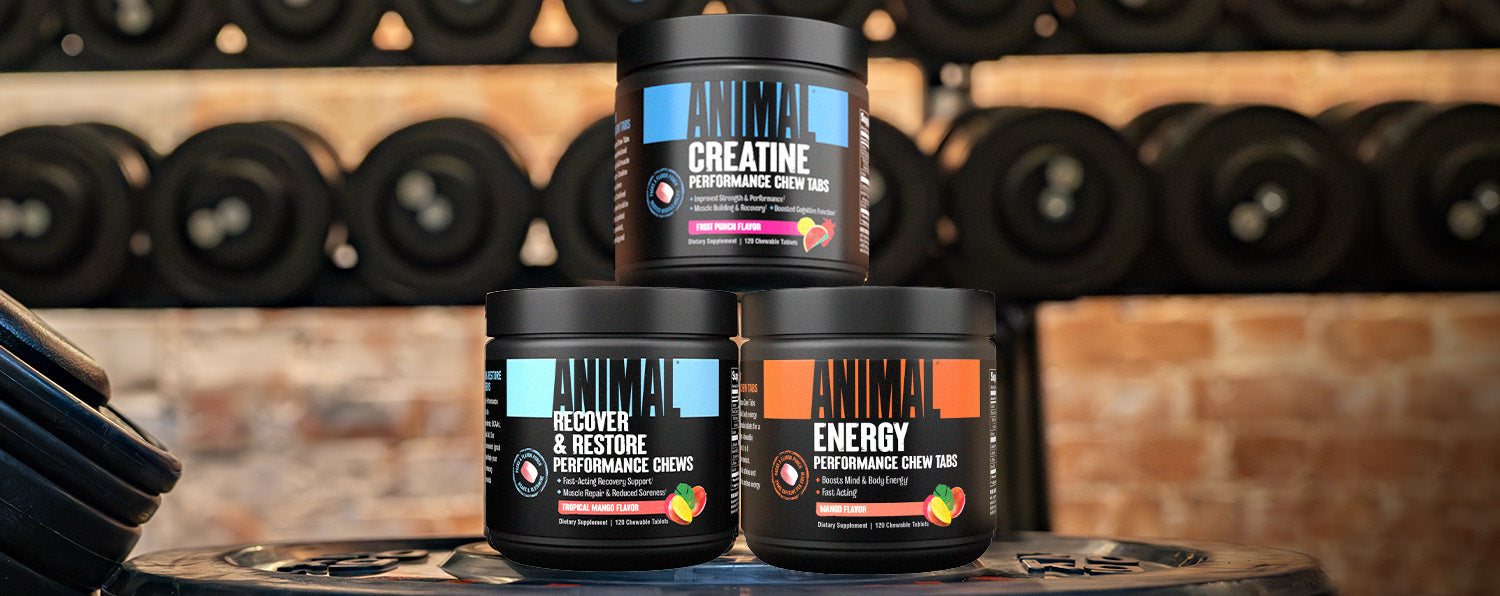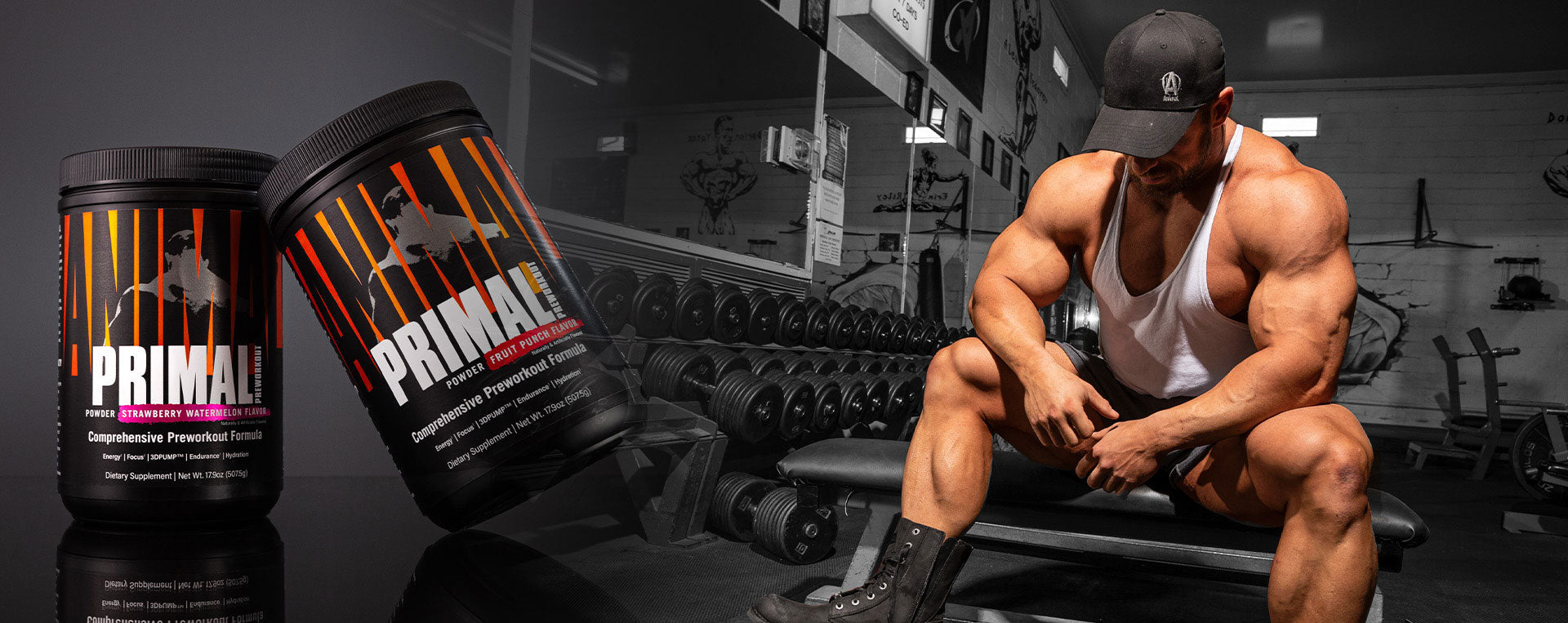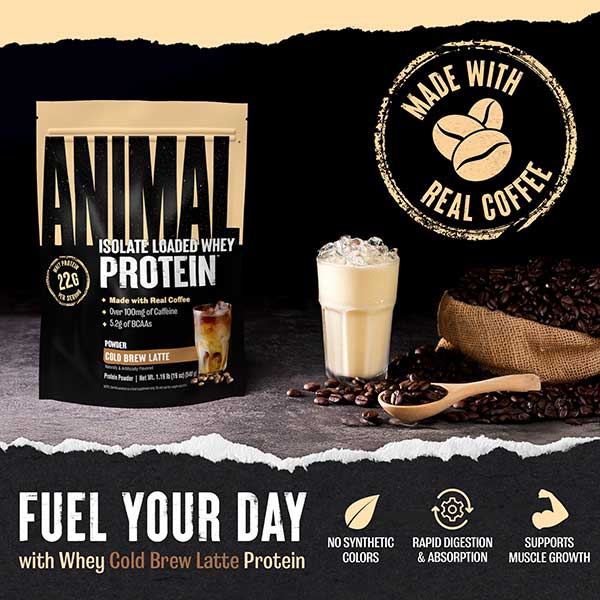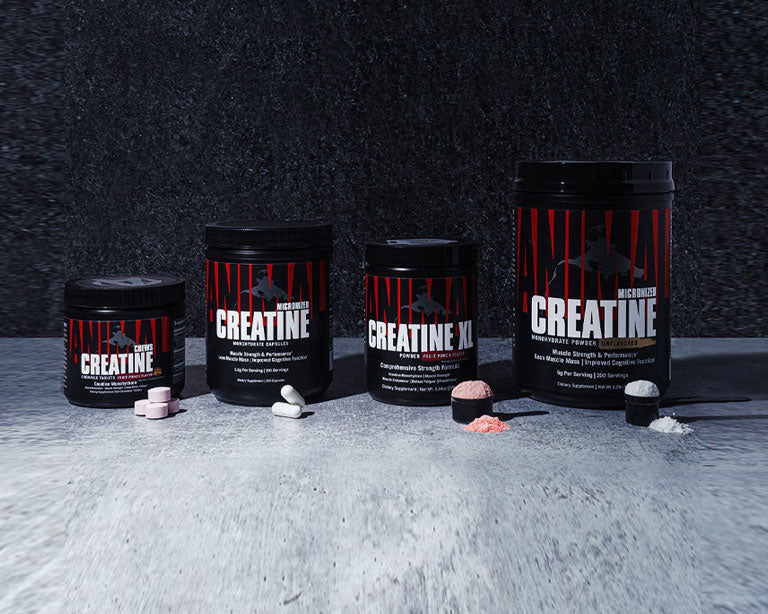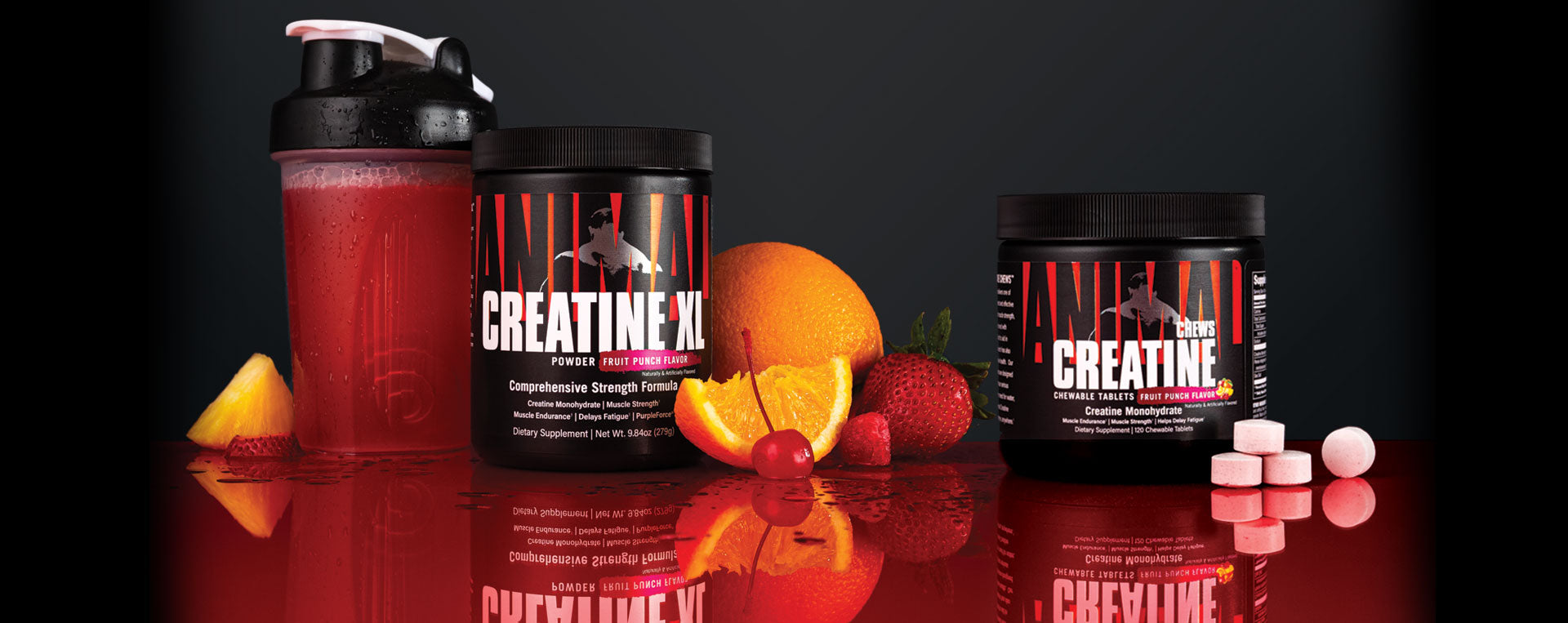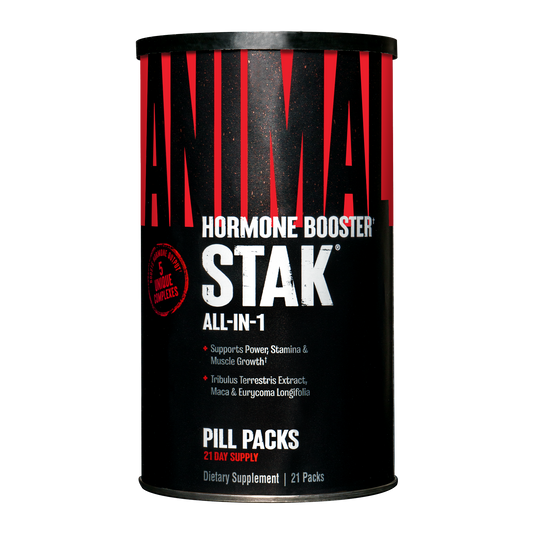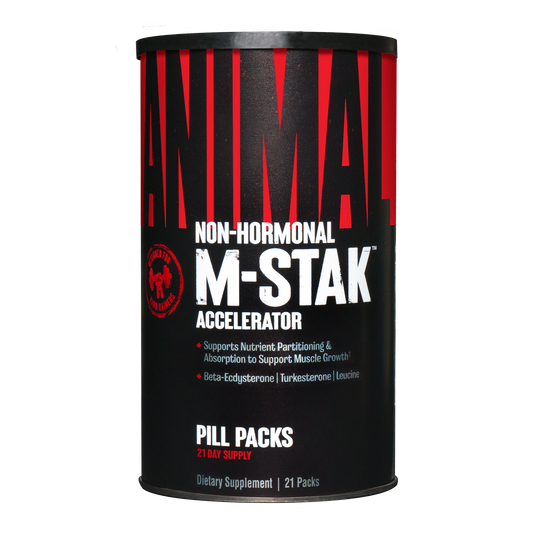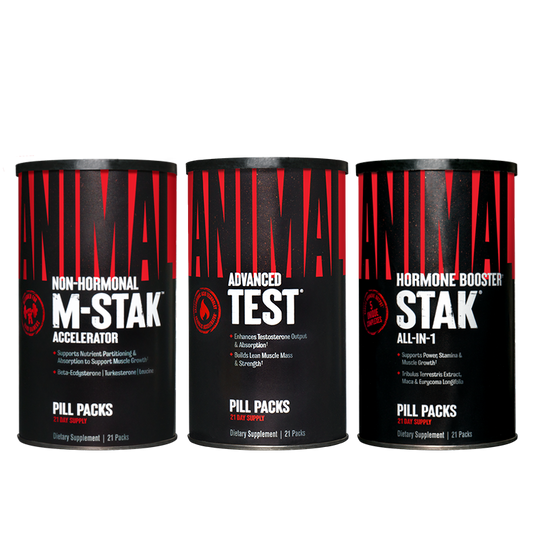Have you ever been entirely familiar with a term or a concept but struggle to define it? That’s exactly what happened when I sat down to write this. There are two products that would be extremely beneficial for you to include in your supplement arsenal, but we first need to talk about anabolism in order to explain their potential benefit. When it comes to bodybuilding, the terms anabolic and catabolic stand in sharp contrast to one another. Anabolic means muscle building and catabolic refers to the breakdown of muscle. While I attempt to define anabolism in general terms, Wikipedia offers the following definition: “Anabolism is the set of metabolic pathways that construct molecules from smaller units. These reactions require energy, known as an endergonic process. Anabolism is the building-up aspect of metabolism, whereas catabolism is the breaking-down aspect.”
We already know this, don’t we? Of course we do. We all start out training and eating, but there’s a third component to the equation that everyone eventually incorporates—the inclusion of agents for the purpose of increasing anabolic potential. Although this trifecta seems simple enough, I’m going to offer an explanation that puts all three in a perspective that you probably haven’t heard before. Why do we train? Why do we eat? What is food? How do anabolic compounds fit into the equation? Keep reading.
Food is what we use to create new muscle. In the Wiki explanation above, food supplies both the “smaller units” and the “energy” that is required for the “endergonic process” of anabolism. That’s great and all, but how do we turn food into muscle? We create the demand for food via training. From a muscle building perspective, training is the way we take food and transform it into muscle. For bodybuilding purposes, training is simply a way to create a reason for the body to utilize food. Think about it: if you had several pounds of chicken, steak, or fish sitting on a table in front of you, the goal is quite literally to take the muscle tissue from another animal and transform it into your own muscle tissue. The greater the deficit you create with the catabolic process of training, the more food you will require for the anabolic process of muscle repair and growth. Very simple. Train hard, use food, build muscle.
Training is at the heart of it all. It creates the demand for building blocks, and food provides the building blocks and the energy to fuel the process. Beautiful. What happens when you hit the wall and plateau? If you’re smart and thinking long term, you will make absolutely sure that your training and your diet are as good as they can possibly be. Once you can confidently say that is the case, it makes sense to consider adding something that will enhance the anabolic process. Enter an anabolic compound. Why? Well now that you’re regularly creating the largest possible demand for food via animalistic training and giving your body all the building blocks for muscle that you can eat and drink, the use of an anabolic compound will allow you to use even more of that food to build even more muscle.
Going back to our original Wiki explanation of anabolism, we’re constructing an even greater number of “molecules” (muscle) from the “smaller units” (food) that we are consuming. In short, anabolic compounds allow us to use even more of the food we’re consuming to build even more muscle. Now what? We can train even harder and with greater volume, frequency, or duration knowing that we can recover from it. Once you have mastered the ability to train like an animal and eat accordingly, recovery inevitably becomes the limiting factor. No matter how much you eat or sleep, recovery will only happen at a certain rate. Add anabolic compounds to the mix and recovery goes to new heights, opening the door for new progress.
When I say “an anabolic compound,” it doesn’t necessarily mean steroids. Of course anabolic steroids work—they can be very anabolic and, when added into the right mix of training and eating, they can lead to serious results—but they come with their own list of headaches. That said, they aren’t the only anabolic thing that can be incorporated into a regimen. Everything from amino acids to creatine to testosterone support products are anabolic in nature. Even food itself is anabolic. Assuming that you are eating and supplementing to provide your body with all the nutritional building blocks for optimal muscle growth and recovery, the next step is supplementing with a product that will directly drive protein synthesis. This is the exact reason why athletes use anabolic steroids and why they are effective—they drive protein synthesis through the roof. Hormones can drive protein synthesis just as non-hormonal compounds can. I’m inclined to agree with the old saying “test is best,” which refers to testosterone’s ability to drive an increase in muscle mass and strength. Still, there are non-hormonal options for driving protein synthesis, recovery, and the resulting accumulation of muscle mass.
If you want an anabolic product to drive protein synthesis without the use of anabolic steroids, I want to tell you about Animal Stak and Animal M-Stak. Both of these products are anabolic in nature and formulated to drive protein synthesis. What’s the difference? Stak takes a hormonal approach while M-Stak is non-hormonal. Stak utilizes ingredients proven to boost testosterone while simultaneously reducing estrogen and supporting liver function. Even better than its formulation is the fact that it works. More energy, faster recovery, and increased size and strength are the tell-tale effects. M-Stak takes a non-hormonal approach, but let me assure you that it is every bit the real deal. M-Stak uses Ecdysterone and other plant-derived sterols to drive protein synthesis, key amino acids to help maintain a positive nitrogen balance, and other herbs and natural ingredients to sharpen and potentiate insulin sensitivity. The fullness, pump and strength that I have experienced with M-Stak are profound.
Both of these products are the real deal. How do I know? Let’s put it this way—I’ve used far riskier, synthetic compounds over the years. I could not use those compounds indefinitely or without taking time off. During those times off, I have successfully used these products to preserve what I had gained using those other compounds. That is a serious testament to the power of these products. What’s more, though, is the fact that I routinely incorporate these products into my clients’ protocols and always enjoy watching the ensuing transformation. The two different approaches to boosting protein synthesis offered by Stak and M-Stak allow the user to continuously cycle back and forth between the two products without the body becoming desensitized to either of them. Being able to take advantage of increased protein synthesis without cycling off is undoubtedly desirable.
At the end of the day, all hard-training lifters and athletes come to realize that recovery is a limiting factor. Continuing to overload the body with more and more challenging stimuli is crucial for forcing the adaptations that lead to increased size, strength, and performance. If we are training to continually push new progress, we all eventually arrive to the frustrating conclusion that, even with all the food and rest in the world, recovery will unfortunately become inadequate. Once training and nutrition are perfected and a plateau has been met, introducing anabolic compounds as a means of driving protein synthesis to increase recovery makes perfect sense. Animal Stak and Animal M-Stak are both formulated to drive protein synthesis and allow the athlete to recover faster, perform better, and enjoy new progress. Even better is the fact that both products work via different mechanisms and therefore can be continuously cycled by alternating one for the other. Less downtime means more time with optimal recovery and more total progress. If you have been training hard and eating well and seem to have hit a wall, Animal Stak and M-Stak can help you break new ground and do so in a way that is both safe and sustainable.







